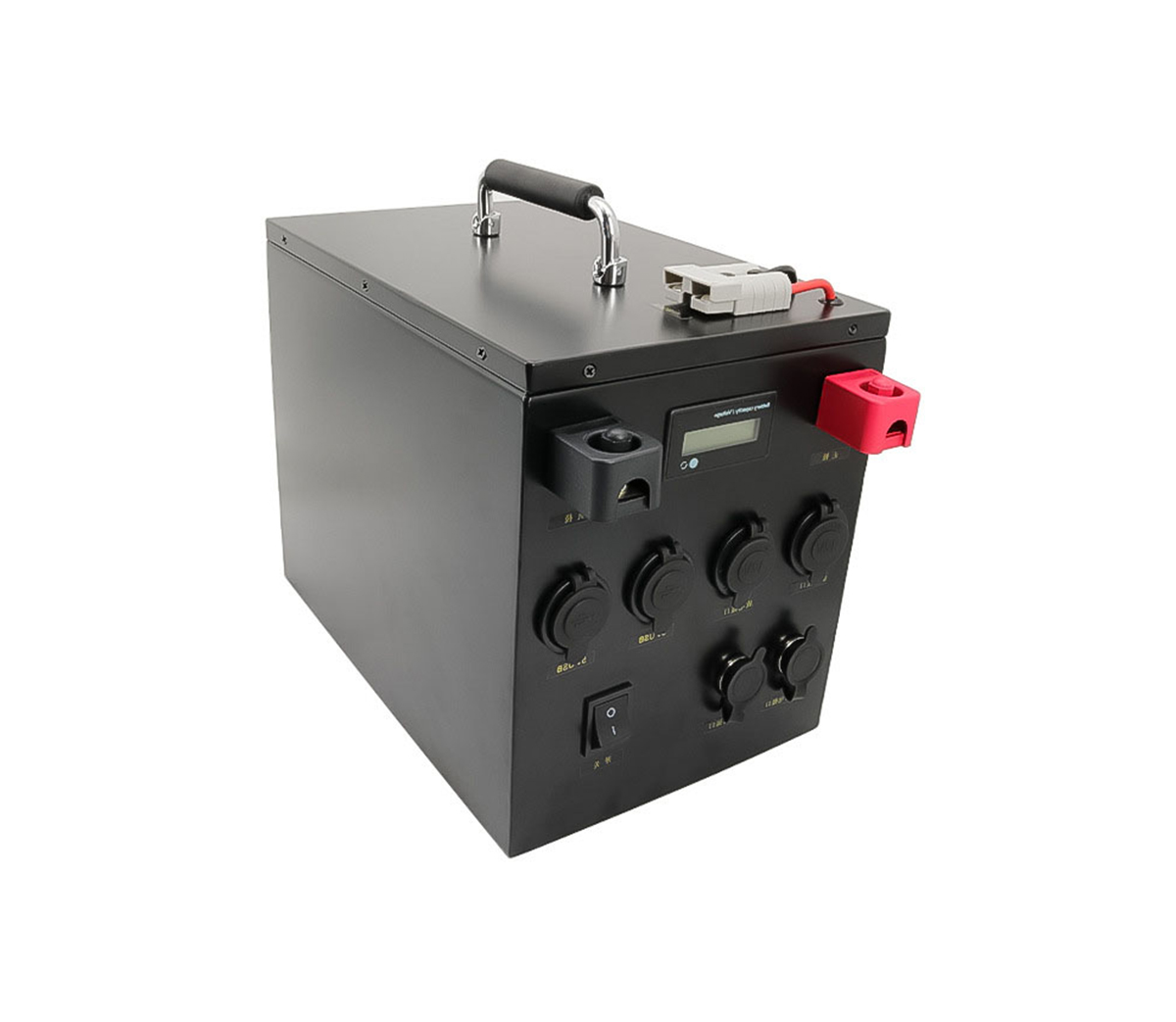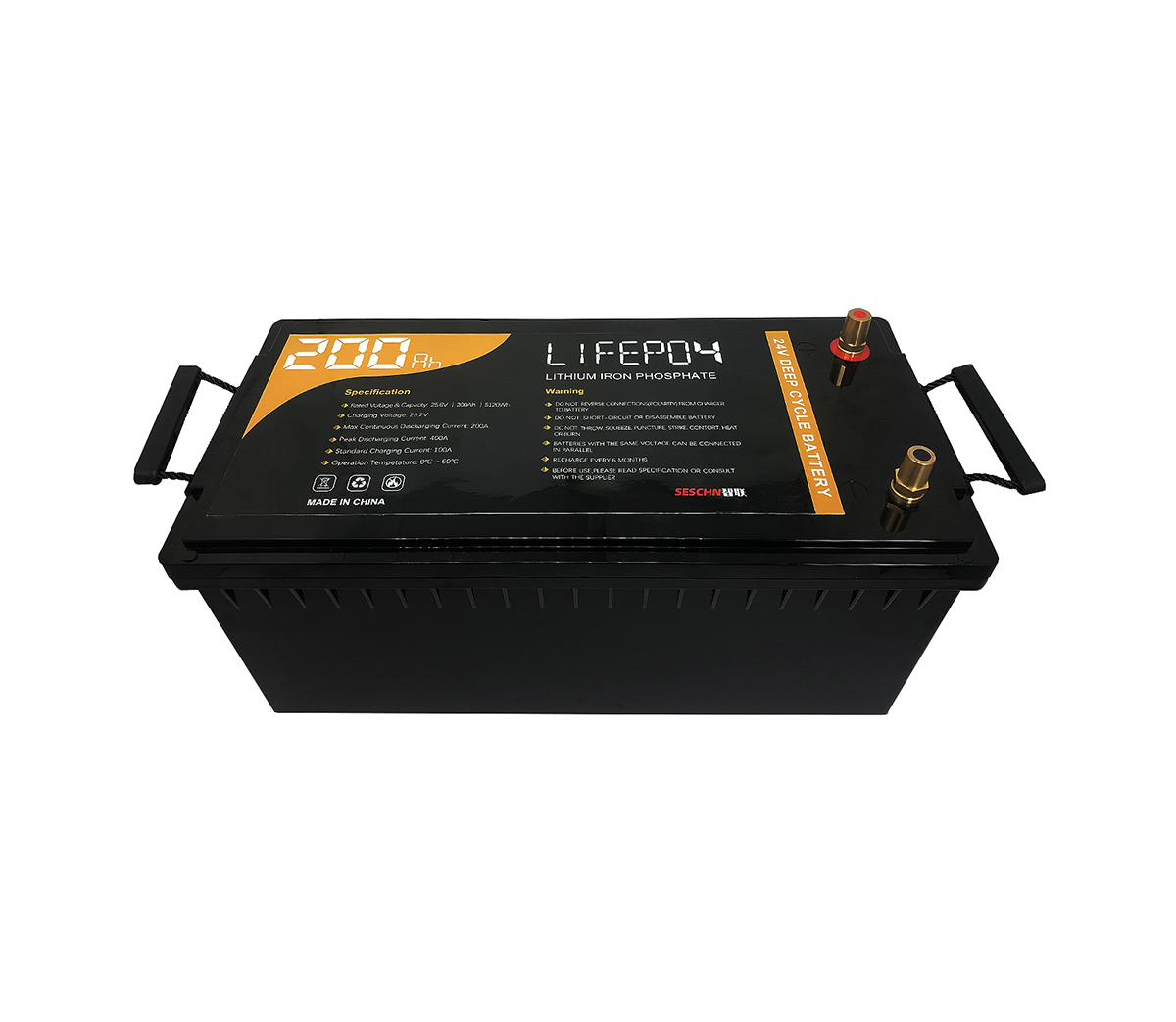Is the future of lithium-ion battery technology promising?
Lithium-air battery is a kind of metal-air battery, because it uses the
lowest molecular weight lithium metal as the active material, its theoretical
specific energy is very high.
1 Lithium-air battery
Lithium-air battery is a kind of metal-air battery, because it uses the
lowest molecular weight lithium metal as the active material, its theoretical
specific energy is very high. Without calculating the oxygen mass, it is
11140Wh/kg. In fact, the usable energy density can reach 1700Wh/kg, which is
much higher than other battery systems.
Lithium-air batteries can be divided into water system, organic system,
water-organic hybrid system and all-solid-state lithium-air battery according to
the state of electrolyte used. When the organic system lithium-air battery is
working, the raw material O2 enters the battery through the porous air
electrode, and is catalyzed to O2- or O22- on the surface of the electrode, and
then combines with the Li+ in the electrolyte to generate lithium peroxide
(Li2O2) or lithium oxide ( Li2O), the product is deposited on the surface of the
air electrode. When all the air holes in the air electrode are blocked by the
product, the battery discharge is terminated. The electrode reaction is as
follows:
Cathode: O2+2e-+2Li+?Li2O2;O2+4e-+4Li+?2Li2O
negative electrode: Li? Li++e-
Total reaction: 2Li+O2?Li2O2(2.96V); 4Li+O2?2Li2O(2.91V)
Li-air battery has unparalleled advantages of ultra-high energy density,
environmental friendliness and low price, but its research is still in its
infancy and there are many thorny problems, mainly including:
(1) The positive electrode reaction requires a catalyst. During the
discharge process, in the absence of a catalyst, the oxygen reduction is very
slow; during the charging process, the voltage plateau is about 4V, which is
likely to cause side reactions such as the decomposition of the electrolyte.
Need to use appropriate catalyst to help the battery reaction.
(2) Lithium-air battery is an open system, which will cause a series of
fatal problems such as electrolyte volatilization, electrolyte oxidation,
moisture in the air and the reaction of CO2 with lithium metal.
(3) The air electrode channel is blocked. Li2O and Li2O2 that are insoluble
in the electrolyte generated by the discharge will accumulate in the air
electrode and block the air pores, leading to inactivation of the air electrode
and termination of the discharge.
In summary, there are many problems in lithium-air batteries that need to
be solved urgently: including the catalysis of oxygen reduction reactions, the
oxygen permeability and hydrophobicity of the air electrode, and the
deactivation of the air electrode. Although lithium-air batteries have made some
progress, there is still a long way to go before they are truly applied.
2 Lithium-sulfur battery
The research on lithium-sulfur batteries first originated in the 1970s, but
the actual capacity of lithium-sulfur batteries has been low and the attenuation
has been serious, so they have not received much attention. In 2009,
LindaF.Nazar's research group reported that sulfur-carbon composites used as
lithium-sulfur battery cathode materials to obtain better cycle performance and
very high discharge capacity, which set off an upsurge in lithium-sulfur battery
research. Lithium-sulfur batteries mainly use elemental sulfur or sulfur-based
compounds as the battery's positive electrode material, and the negative
electrode mainly uses metallic lithium.
The positive electrode material is elemental sulfur (mainly in the form of
S8 ring), the theoretical specific capacity is 1675mAh/g, the theoretical
discharge voltage is 2.287V, and the theoretical energy density is 2600Wh/kg.
When charging and discharging, the electrode reaction is as follows:
Positive electrode: S8(s)+2e-+2Li+? Li2S8;
Li2S8+2e-+2Li+? 2Li2S4;
Li2S4+2e-+2Li+? 2Li2S2(s);
Li2S2(s)+2e-+2Li+? 2Li2S(s)
negative electrode: Li? Li++e-
Total reaction: S8(s)+16e-+16Li+?8Li2S(s)
In a lithium-sulfur battery, the reaction of the cathode material is a
multi-electron, multi-step, step-by-step reaction.
The advantages of lithium-sulfur batteries are very obvious: they have a
very high theoretical capacity; there is no oxygen in the material and no oxygen
evolution reaction occurs, so the safety performance is good; the sulfur
resources are abundant and the price of elemental sulfur is extremely low; it is
environmentally friendly and has low toxicity. However, the real application of
lithium-sulfur batteries still faces some problems, mainly including:
(1) Poor conductivity and lithium conductivity: The sulfur molecule in
elemental sulfur is S8 with 8 S connected to form a crown. It is a typical
electronic and ion insulator, and its conductivity at room temperature is only
5×10-30S/cm. And the products Li2S2 and Li2S are also electronic insulators.
Therefore, the utilization rate of the active material is not high, and the rate
performance is not good. At present, the problem of conductivity and lithium
conductivity of lithium-sulfur battery cathode materials is mainly solved by
preparing small-sized sulfur-carbon composite materials.
(2) Lithium polysulfide shuttle effect: During the charging and discharging
process of lithium-sulfur battery, long-chain lithium polysulfide Li2Sx(4
(3) Volume expansion problem: When sulfur is fully charged and converted
into lithium sulfide, its volume expands by 76%, which can easily cause the
structure of the positive electrode material to be destroyed, affect the
stability of the active material, and cause capacity degradation.
(4) Lithium metal anode: Since sulfur does not contain lithium atoms, it is
necessary to use metal lithium as the anode material, but this will inevitably
cause lithium metal dendrite problems and bring safety hazards.
Although there are still some problems in lithium-sulfur batteries, in
recent years, with the deepening of the research on lithium-sulfur batteries,
through reducing the size of sulfur particles, coating sulfur materials,
preparing sulfur-carbon composite materials, adsorbing lithium polysulfide, and
improving Various measures such as electrolyte have made a lot of progress in
improving the capacity and circulation of sulfur materials.
In the past thirty years, lithium batteries have experienced rapid
development. Among them, the secondary battery system represented by lithium-ion
batteries has become the power source of various small portable electronic
devices, which has greatly promoted the development of electronic products. This
makes portable devices such as smart phones, tablet computers, digital cameras,
and notebook computers widely popular. With the continuous development of
society, the demand for secondary batteries in large-scale electric drive
equipment is increasing day by day. However, the theoretical specific capacity
limit value of the positive electrode material in lithium-ion batteries is
relatively low, which makes it difficult for the power supply system of
large-scale electric drive equipment. Lithium-air batteries and lithium-sulfur
batteries, as a new generation of secondary battery systems, have very high
theoretical specific capacity values, and have received eager attention from
researchers and the secondary battery market. However, the current research on
lithium-air batteries and lithium-sulfur batteries is still in the research and
development stage. In addition to the need to further improve the specific
capacity and stability of battery cathode materials, key issues such as battery
safety also need to be resolved urgently. The understanding of the working
principle of lithium battery cathode materials is helpful to grasp the core
issues of such battery research and grasp the development trend of battery
cathode materials.


































